-
Software
Compliance Software
Oversee licenses, track renewals, access documents, and more from a single interface.
Software Overview -
Services
Compliance Services
Full service compliance solutions for organizations throughout their entire lifecycles.
Services Overview -
Industries
-
Partner
- Information Center
How to Encourage Generosity by Making Donors Feel Safe
Posted on February 20, 2020 by Harbor Compliance in Fundraising and Grants.
You know staying compliant with state and federal laws is an important part of keeping your donors safe. That’s why you spend time and energy registering with the states where you raise money, protect your donors’ data, and observe security best practices.
But do you take steps to show your donors that they’re safe? You could follow every best practice in the book but, unless you make a point of showing donors their information is safe, they’re less likely to actually make a gift.
So how can you show your donors their information is safe?
Here are some tips!
Make your donors feel safe by including trust indicators on your donation form
A while ago, our friends at NextAfter identified some really interesting behavioral patterns among donors. They discovered that including “trust indicators”—visual cues that reiterate that donors are making a good, safe donation—on donation forms resulted in marked improvements in donor conversions. Taking steps to show donors visually that their information is protected resulted in more people actually completing their gift.
Here, we’ll look at four different trust indicators you can add to your form to increase the odds that form visitors finish their donation.
Show donors that credit card information is secure
As data leaks become increasingly common, donors want to know that their credit card information will be safe. There are three ways to do this!
The first way to do this is to include a padlock icon near
where donors actually enter their card information. It’s a small icon that
doesn’t take up much space, but it makes an impression on donors! In an A/B
test, NextAfter discovered that this small inclusion resulted in a 9.5%
increase in donations.
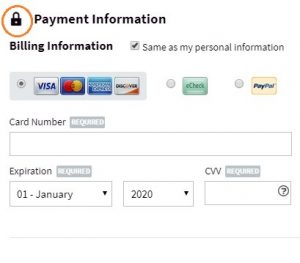
Another step you can take is to leave your donation form’s security certificates visible at the bottom of the form near the “Donate” button. Graphic designers everywhere probably cringe at this advice (security certificates aren’t renowned for being aesthetically pleasing), but they make an impact.
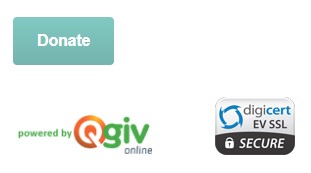
Showing your donors that your donation form is secure is the last piece of this puzzle. Look at your donation form. Does its URL begin with “https?” That URL prefix indicates that a webpage is encrypted and secure. Believe it or not, more and more donors are checking a page’s security status before making the decision to give. If your donation page is not encrypted, talk to your website manager to change that! That URL is important to your donors. Even if you’re using a secure donation form embedded on a page without the https prefix, donors won’t feel as safe making a gift.

Show donors you’re well-respected
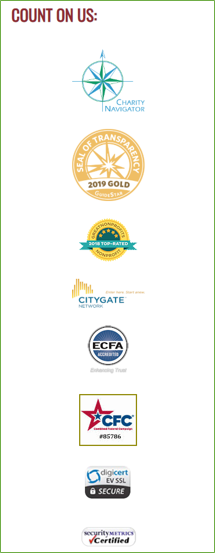
Donors’ decision to give to your organization is typically emotionally driven. But even the most emotional donor wants to know that their gift is going to be well-used by a responsible organization.
That’s why many nonprofits opt to include additional trust
indicators from third-party groups like Charity Navigator or Guide Star. Those
sites are dedicated to vetting nonprofits and their financials; including
badges from those sites is a powerful way to reassure donors that their gift
will be used responsibly.
Other nonprofits opt to show donors a breakdown of how donations are spent after a donor makes a gift. Showing donors that the majority of funds given to the nonprofit go directly to fund their mission reassures donors that their gift will be used wisely.
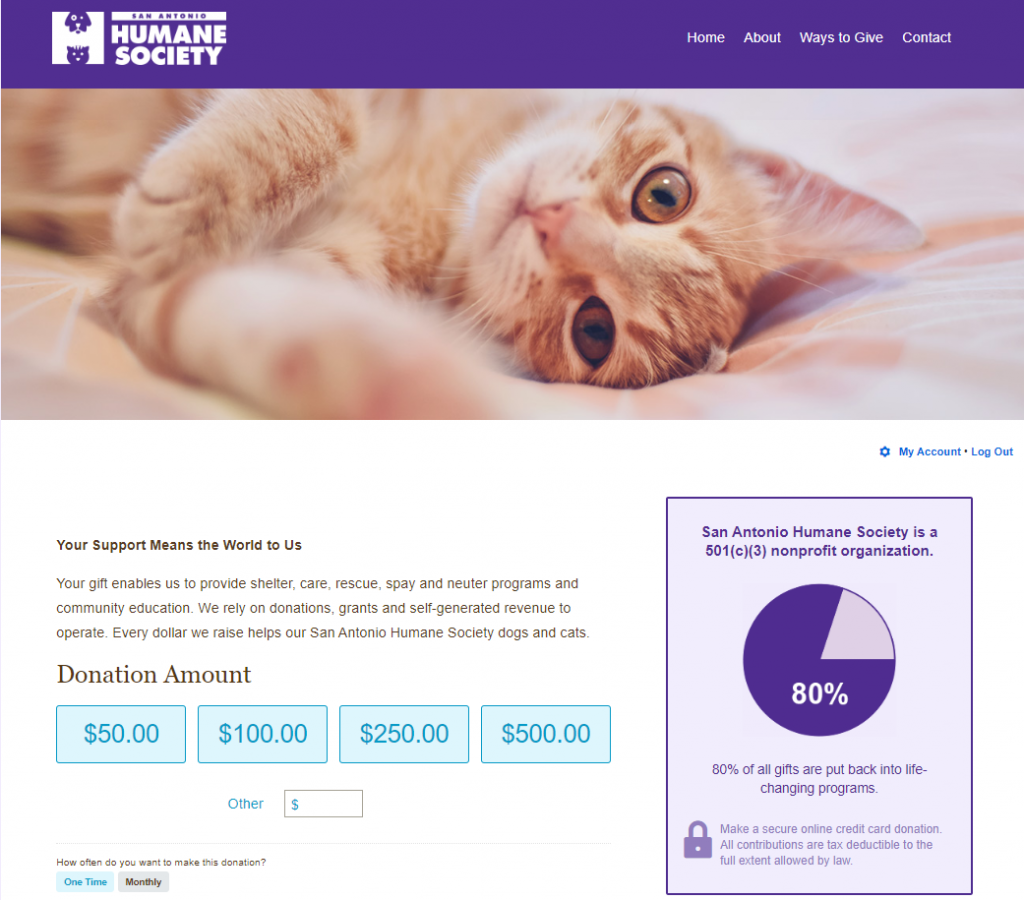
Reinforce positive emotions and donor confidence
In their experiments, NextAfter found that reinforcing a donor’s decision to give by reiterating the impact they’ll make resulted in a 31.3% increase in donations. Simply adding 1-2 sentences about a donor’s impact near the donation button made a huge difference! It ties a donor’s emotional decision to give to a tangible outcome, which makes them feel that their decision is a safe, responsible choice.
This kind of “safe” isn’t necessarily the same kind of “safe” a donor feels when they see padlock icons, Charity Navigator badges, or security certificates. It’s a soft safe, a safe that makes them feel that they’re making a wise investment in a cause. But it’s still important!
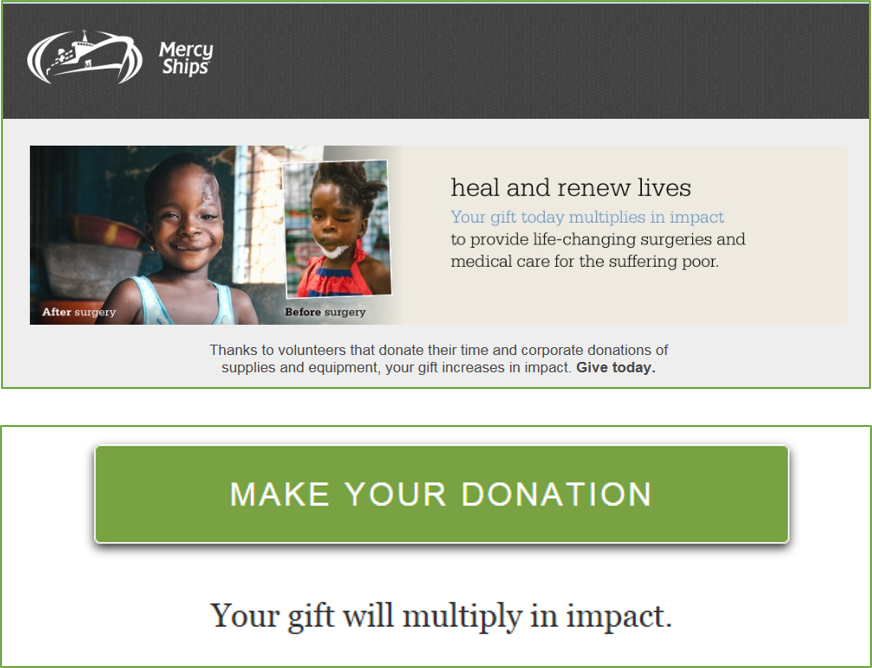
Conclusion
You spend time and effort ensuring you keep your donors’ information safe. Show them you have their security in mind! Reiterate donors’ decision to give by:
- Using visual cues to show them their data will be kept private and secure
- Adding trust indicators to your donation form to reiterate their investment in your cause will pay off
- Including language reinforcing their decision to give on your donation form near your donate button
Donors are increasingly aware of data security, and their decision to give can be compromised if they don’t feel safe. Adding these simple trust indicators to your form will reassure donors that their information—and their money—is safe with you.
Harbor Compliance does not provide tax, financial, or legal advice. Use of our services does not create an attorney-client relationship. Harbor Compliance is not acting as your attorney and does not review information you provide to us for legal accuracy or sufficiency.

Abby Jarvis is a blogger, marketer, and communications coordinator for Qgiv, an online fundraising service provider. Qgiv offers industry-leading online giving and peer to peer fundraising tools for nonprofit, faith-based, and political organizations of all sizes. When she’s not working at Qgiv, Abby can usually be found writing for local magazines, catching up on her favorite blogs, or binge-watching sci-fi shows on Netflix.





